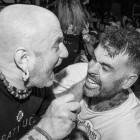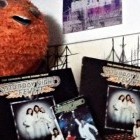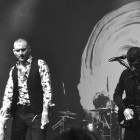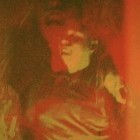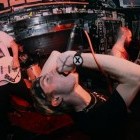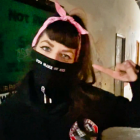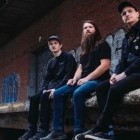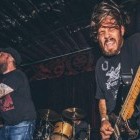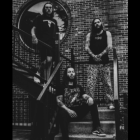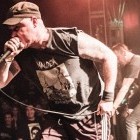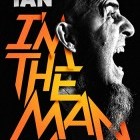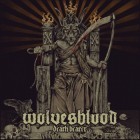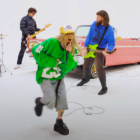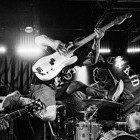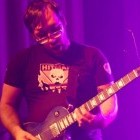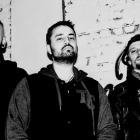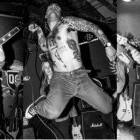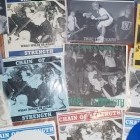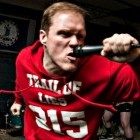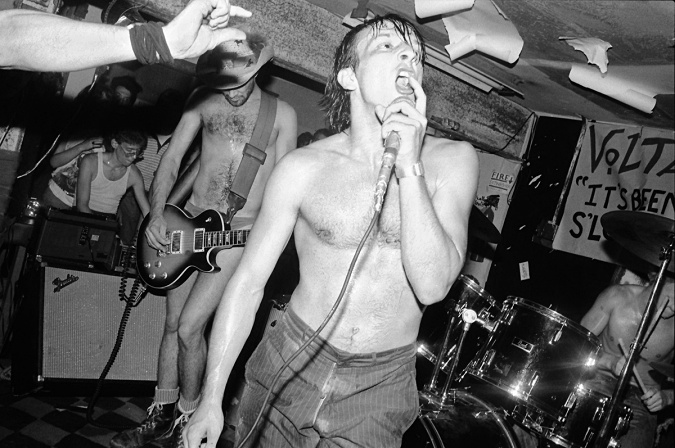
Texas Is the Reason: The Mavericks of Lone Star Punk is a new book featuring more than 200 photos of the Austin punk scene of the early '80s. In addition to imagery, the book also includes essays from folks who were part of the community there, including musician David Yow (Scratch Acid, Jesus Lizard) and film director director Richard Linklater (Slacker, Dazed and Confused).
The beautifully packaged book was put together by Bazillion Points, the same imprint behind such essential music geek titles as Straight Edge: A Clear-Headed Hardcore Punk History, Mean Deviation: Four Decades of Progressive Heavy Metal, and NYHC: New York Hardcore 1980–1990.
I spoke with Texas Is the Reason photographer/author Pat Blashill about the project, some of the key figures from the Austin punk scene, and who he feels best represents the place and era best.
Did your relationship with the camera begin around the same time as your discover of punk rock, or were you already a photographer before that? What kind of camera were you using during that era covered in the book?
Not exactly. When I started learning 35mm photography and darkroom, I was listening to Cheap Trick and Squeeze. I didn’t get to Wire until later. The parallel with punk is that I started taking pictures before I really knew what I was doing, in the same way that a lot of great bands don’t know how to play in the beginning.
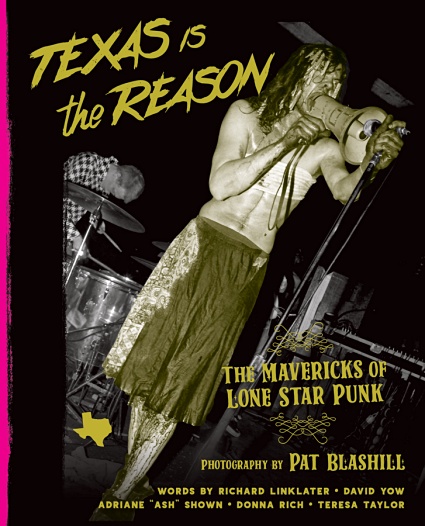
What kind of camera were you using during that era covered in the book?
I had a Canon TX, and then the Canon F-1 that I still use. It’s a tank. I also still use one of the same strobes, which is a Vivitar 283. I had another one, but I wasn’t paying attention one night and a stage diver jumped over my head and took half of my flash with him. Oh well.
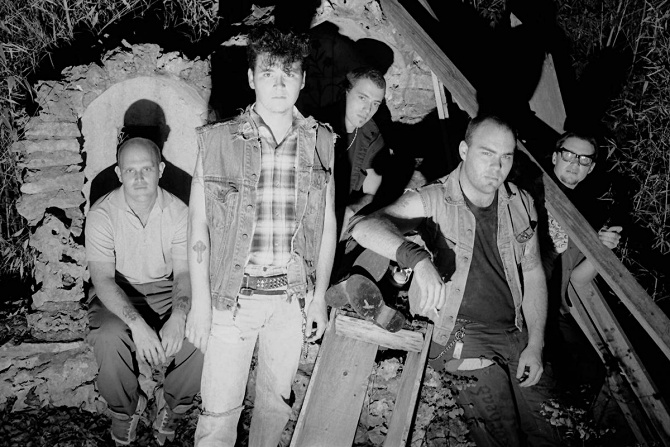
Some of my favorite photos in the book are the candid ones you took of people just hanging out around town. Were people ever weary of you taking your camera out and stealing away shots? How did you gain their trust?
No, surprisingly not! I was shooting all the time, but also just hanging out, waiting for something to happen, and I guess people got used to me. I was curious. And I might not have put it in these words, but I think I tried to be respectful. People feel that, and it affects the pictures.
It’s funny but even though I’ve lived with these pictures for more than 30 years, when I first got a copy of my book, I was sort of shocked at how intimate some of the pictures are. I’m very grateful that people let me into their lives.
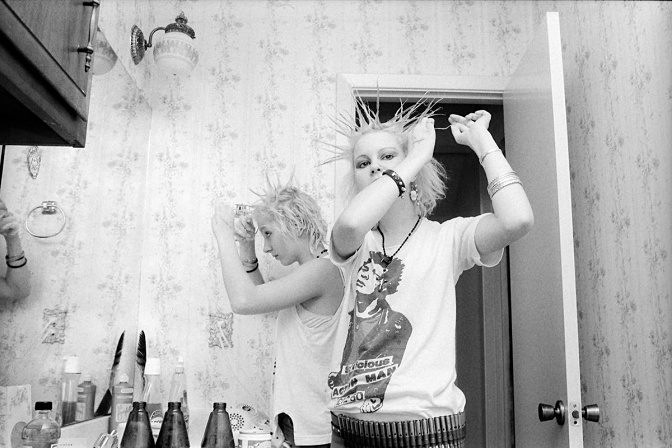
Did you do a good job of keeping an archive of your photos? It’s so sad to me when I meet people who chronicled a certain music scene before the digital age and they either lost most of their work, or have most of it in terrible condition.
Yes, I learned a lot from my high school photography teacher, George Edwards. He taught me all the basics, and showed me how to number negatives and proof sheets. I just kept using the same methods. I would usually be excited to see my photographs as soon as possible, so I’d develop and print them in the days after a show or a shooting. My files are basically numbered in chronological order.
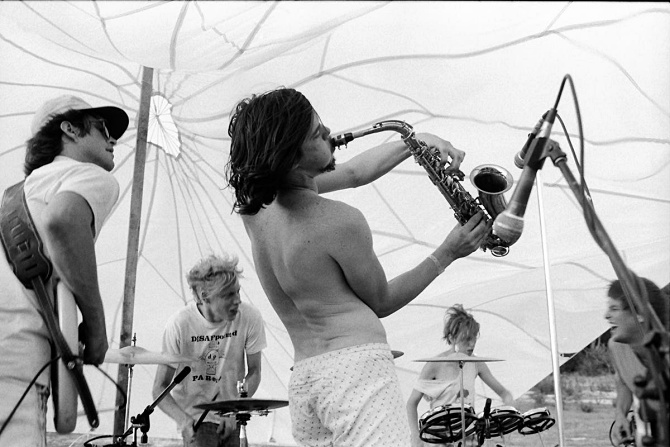
Of all of the musicians featured in the book, who would you say was the most exciting to capture on film? I’m talking born to be on camera kind of stuff.
It’s hard to pick one. The Butthole Surfers were obviously great showmen and women, but the Dicks, the Offenders, oh my god the Big Boys, and the list goes on. One thing I’m very proud of is the non-musicians who star in the book, because some of them were stars too. Karla Eppler was our Kate Moss, Ralph the Girl was always a hoot, and then there were rascals like Roger and Chico, who went to every show, jumped onstage to sing with every band, and just kept starting fistfights and other shenanigans. It was a wild scene, and everyone played a part.
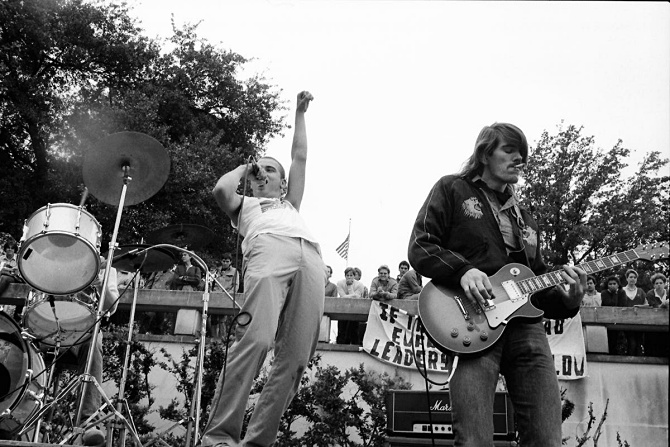
Did you keep close with many of the people you photographed in the book? I’m imagining some of the people have since passed away as well. That must be bittersweet when you’re looking through the old photos.
Well, I haven’t lived in Texas for many years. I moved to New York City in 1987, then here to Vienna, Austria in 2005. But I’m friends with everybody on Facebook and Instagram. And I see them when I get back to Austin.
It is sad that so many people have passed. Biscuit, the singer for the Big Boys was an early, huge loss for all of us. Pat Doyle of the Offenders is the only one of that band left alive. They don’t call it the School of Hard Knocks for nothing.
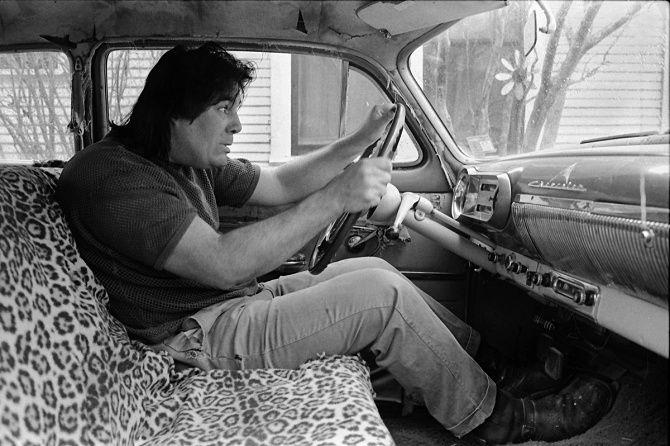
If you ask the average fan about Texas punk, the first band that will probably come to mind for most would be the Butthole Surfers. Who would you say best represented the music, style, and energy of Texas punk from that era and why?
I love the Surfers, and there was a time when I was certain they were the best band on the planet. They’re great ambassadors of Texas. The band more people should know about is the Dicks. They had it all—good politics, filthy yet touching lyrics, and an even dirtier sound. Both their live split album with the Big Boys and their debut, Kill from the Heart, are some of the most savage punk rock ever recorded. They were the epitome of Texas—ferocious, tender, and absolutely unafraid of anything.
***
Texas Is the Reason: The Mavericks of Lone Star Punk is out now. Pick up a copy directly from Bazillion Points. If you rather go the Amazon route, they have it available here.
Tagged: big boys, butthole surfers

